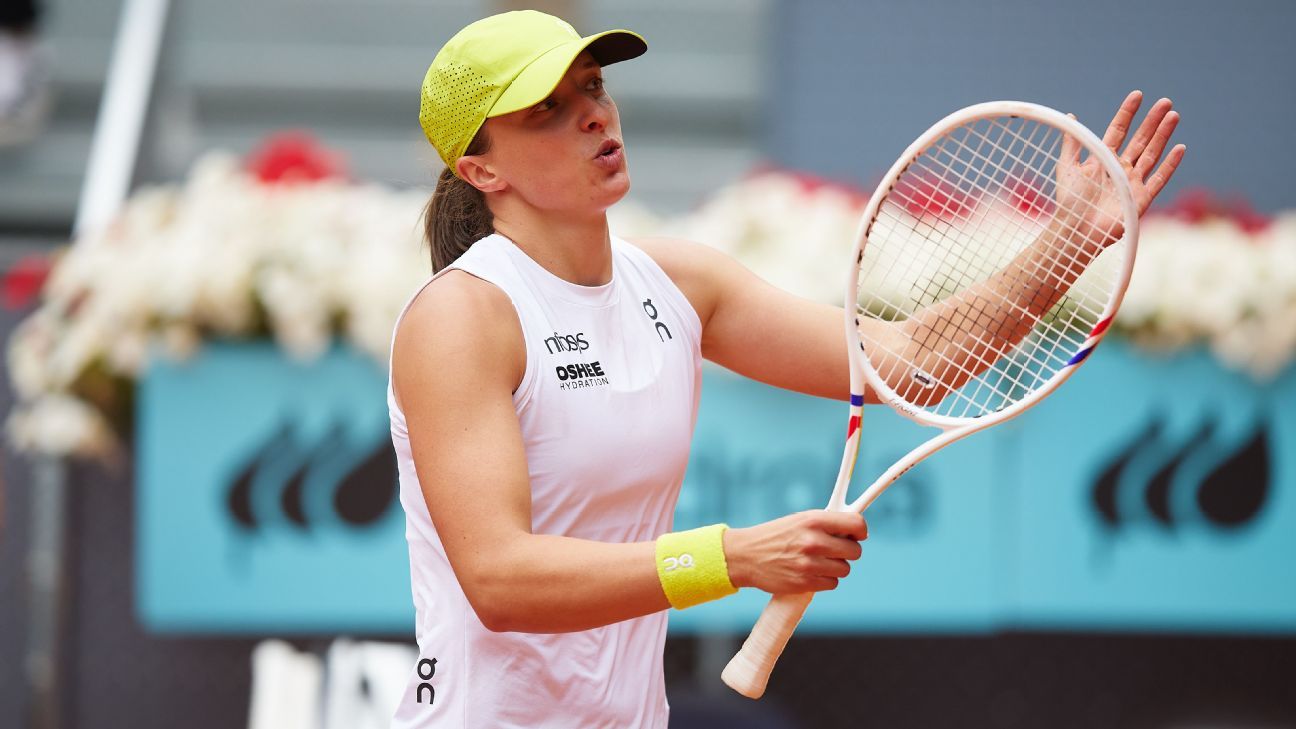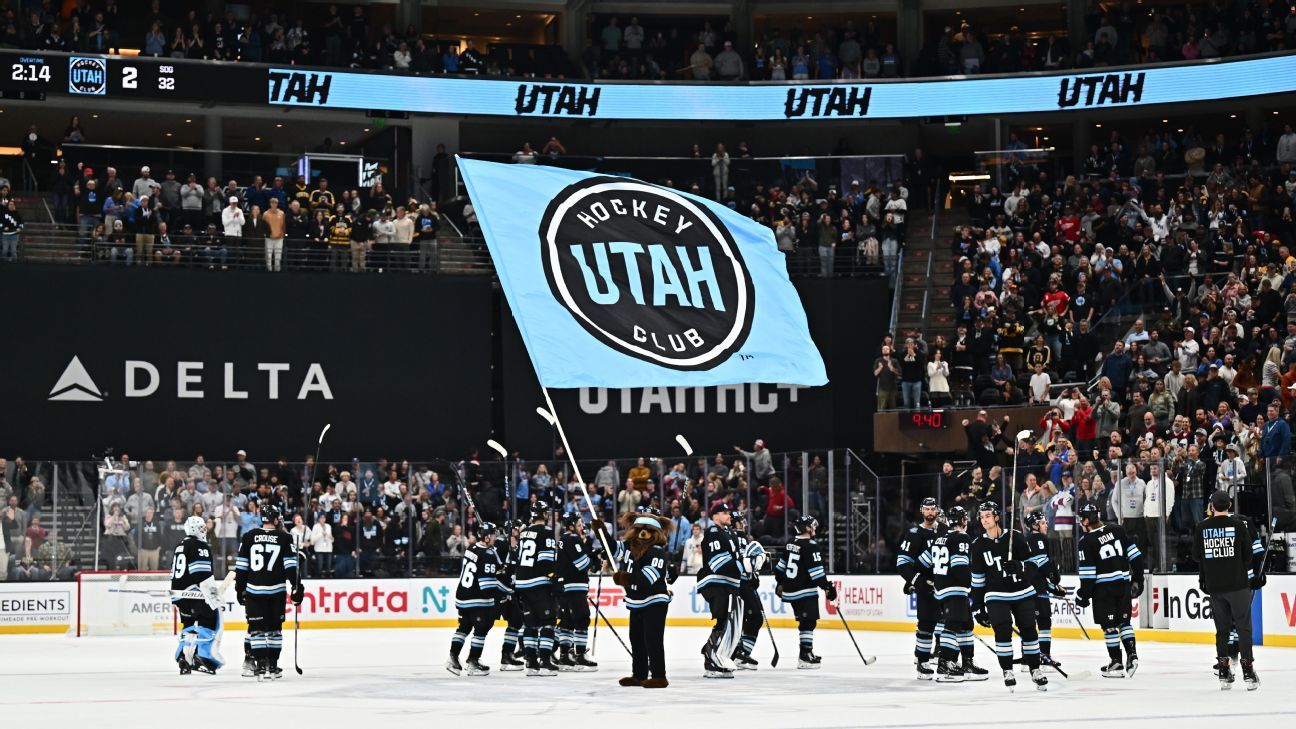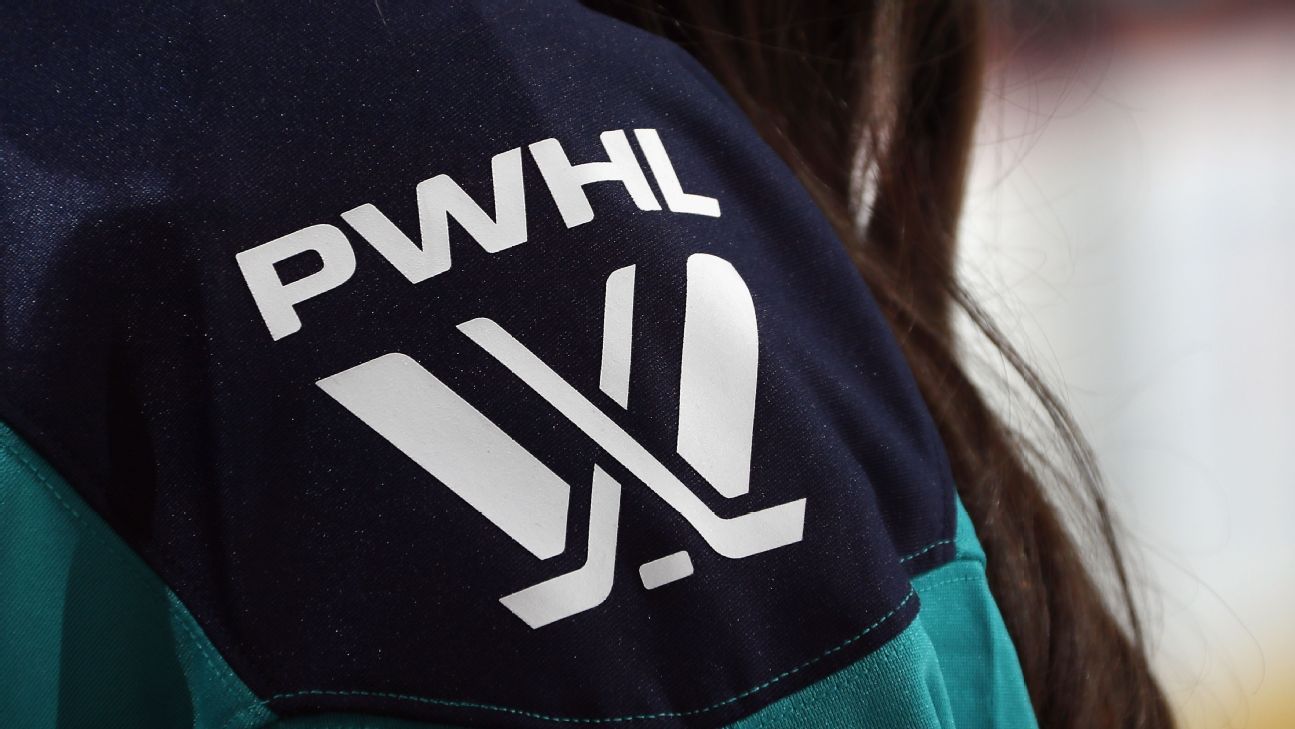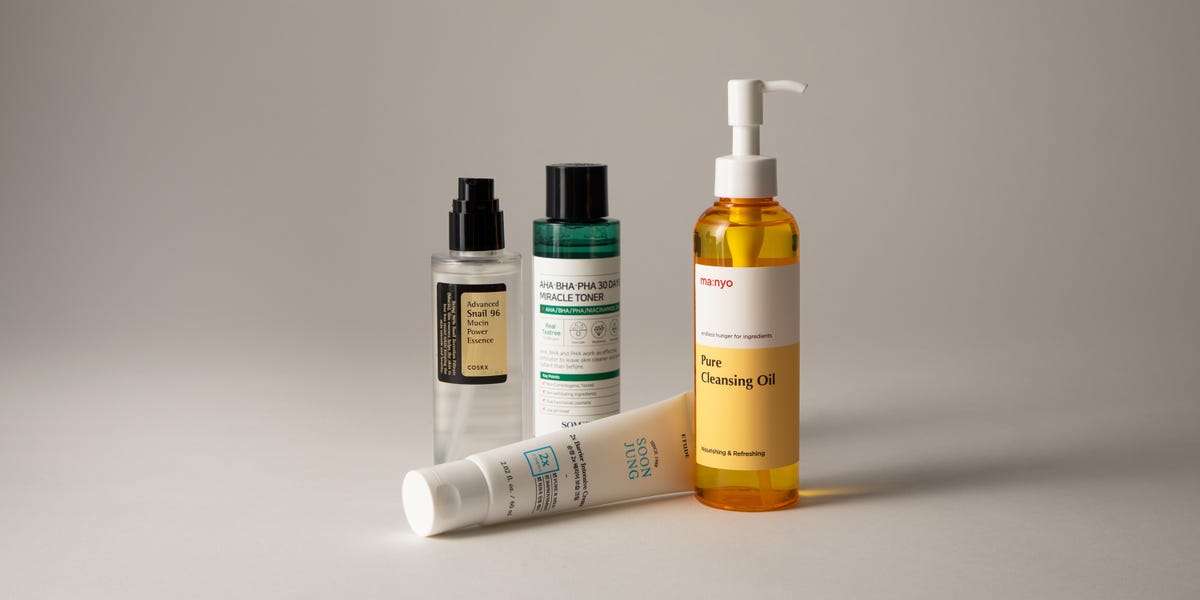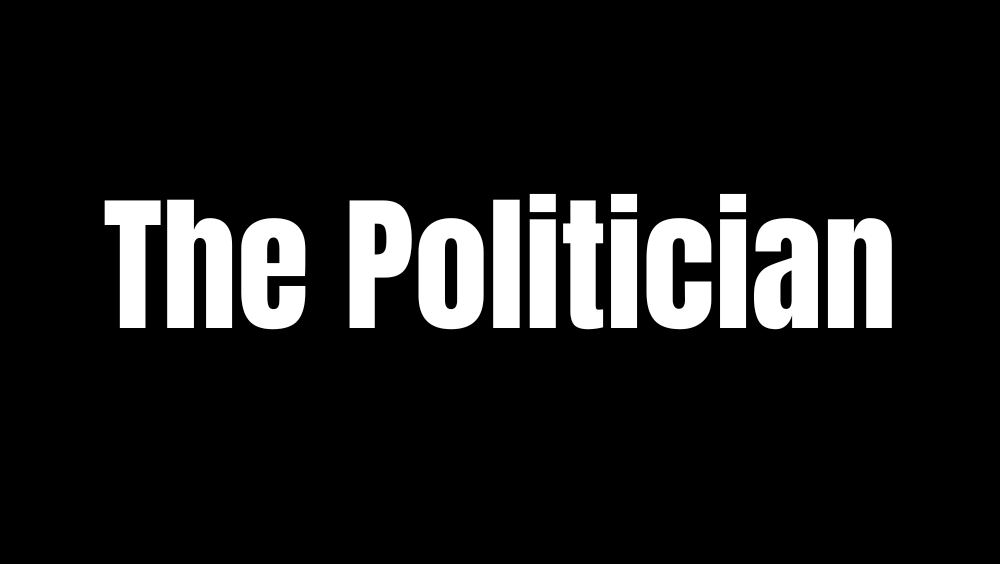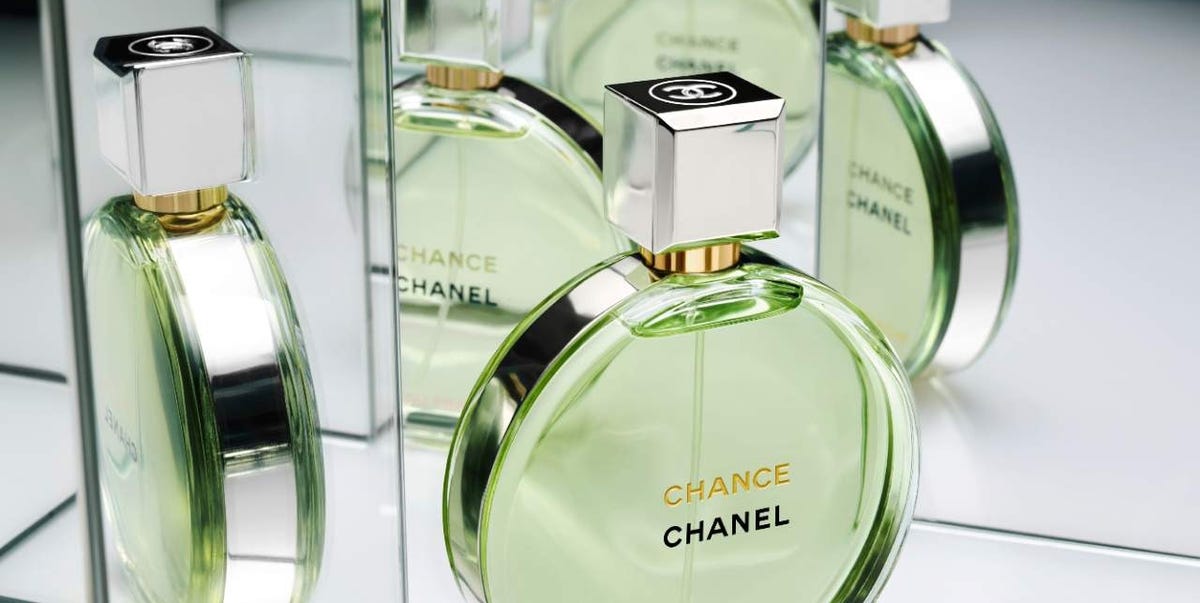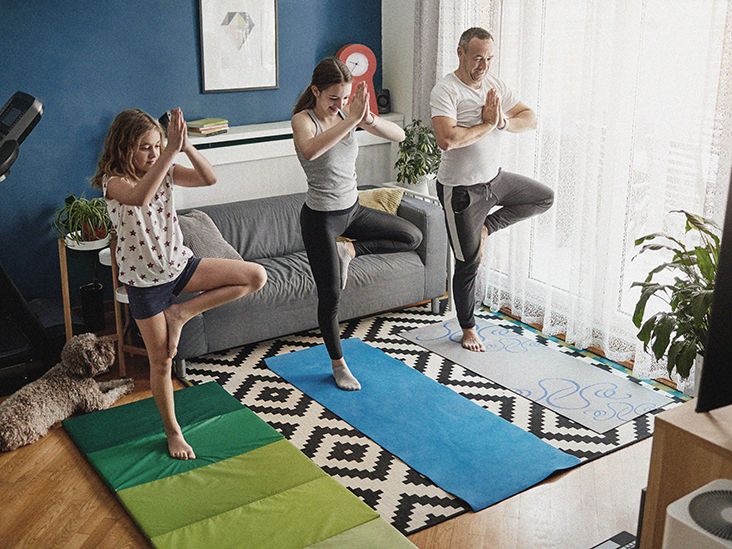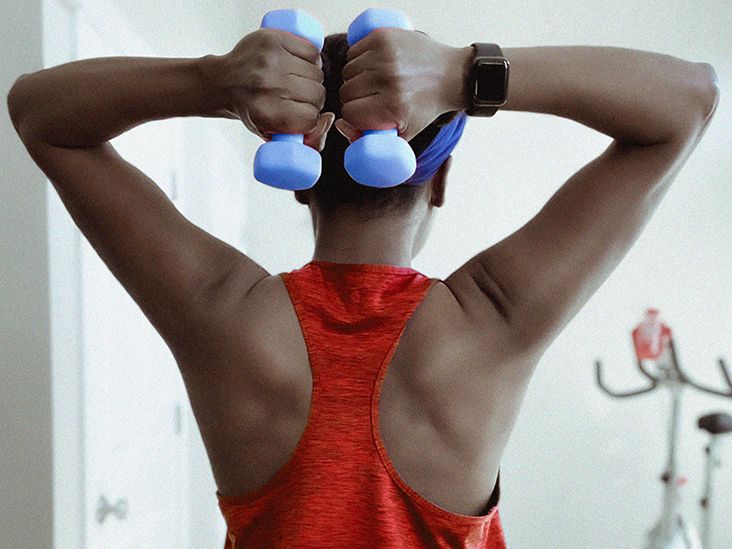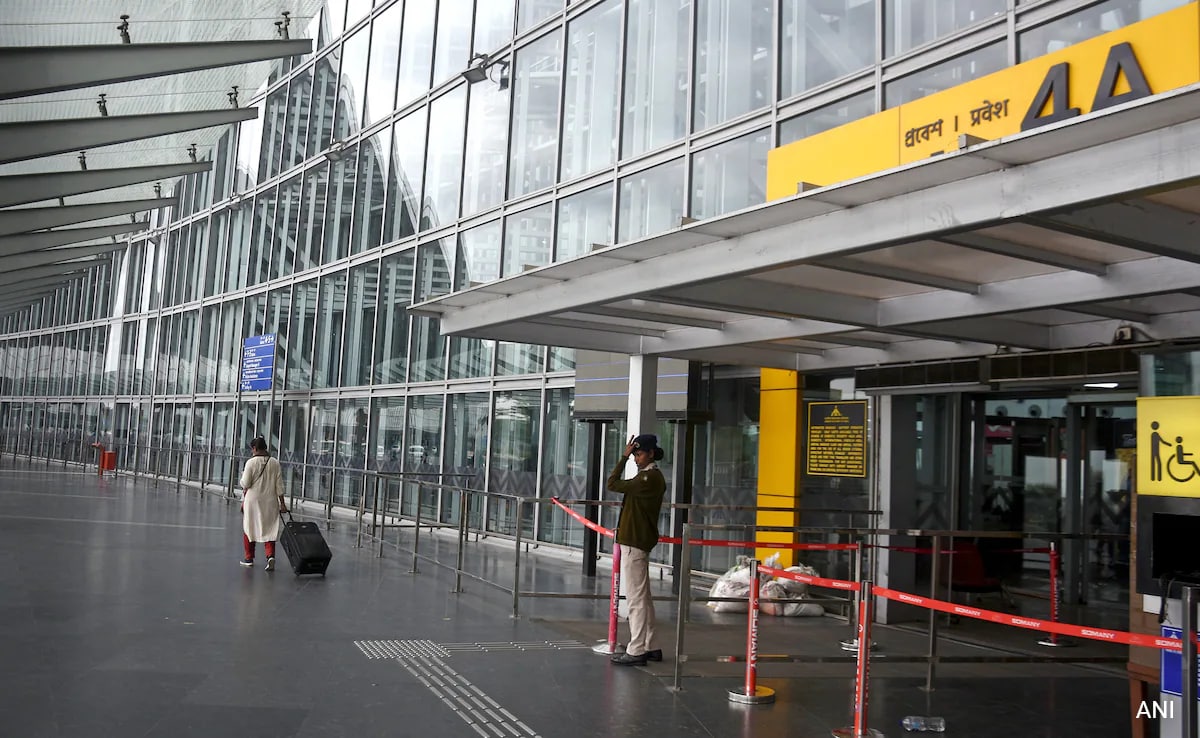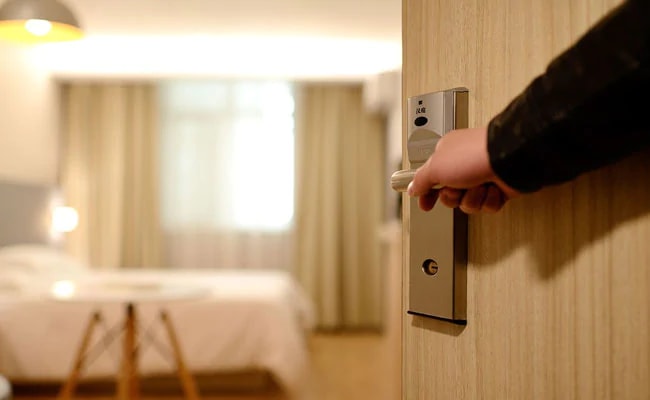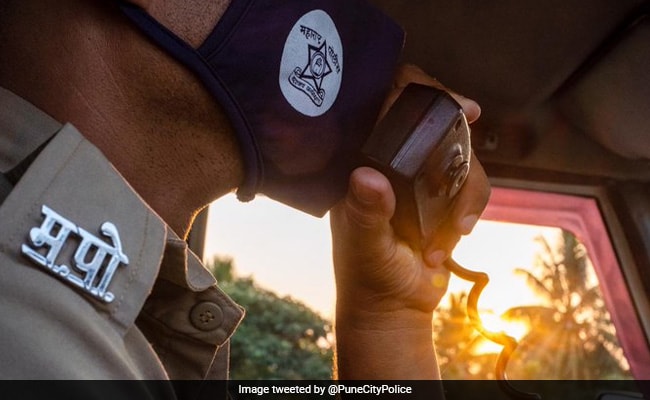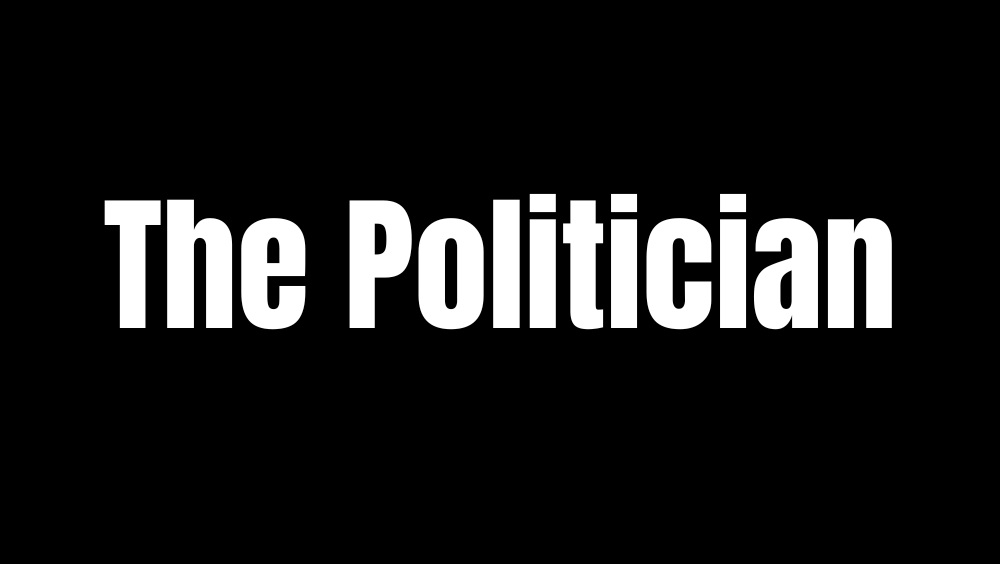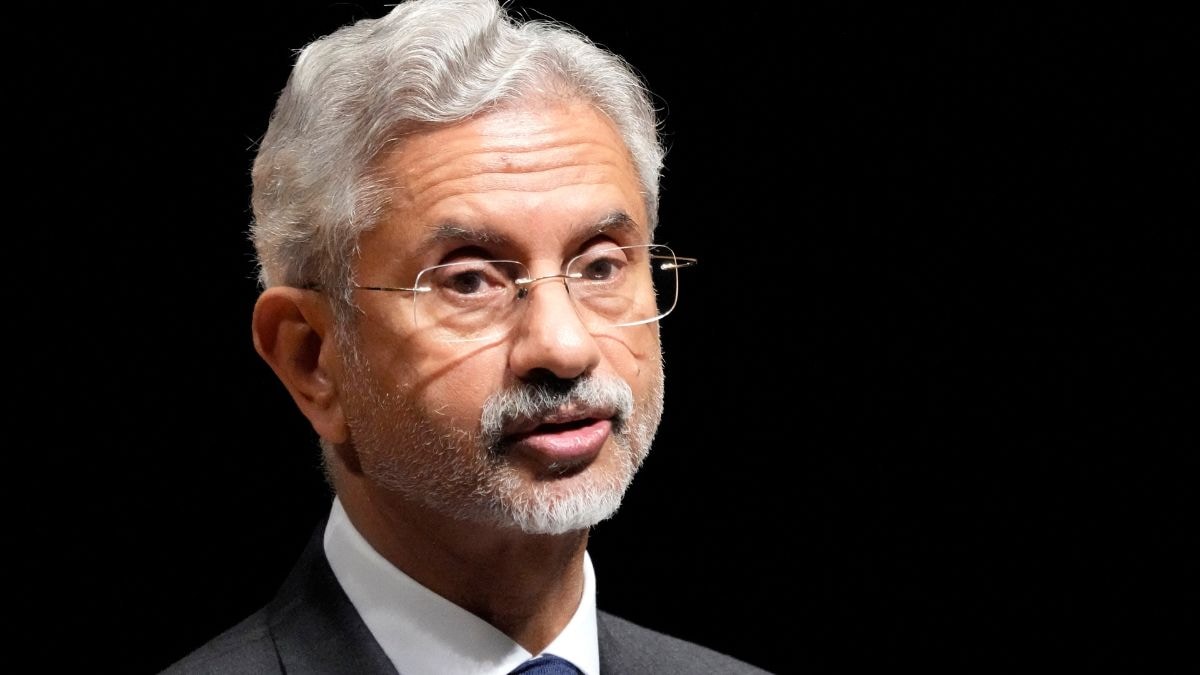How Our Pop-Up Expanded to Serve a 10,000-Person Waitlist


Eric Huang of NYC’s Pecking House talks grassroots growth
/cdn.vox-cdn.com/uploads/chorus_asset/file/25457095/Newsletter_Logo_Mobile.png)
A version of this post originally appeared on April 30, 2025, in Eater and Punch’s newsletter Pre Shift, a biweekly newsletter for the industry pro that sources first-person accounts from the bar and restaurant world.
This send is the first of a four-part series on restaurant growth, presented by Square. Organize all your orders — dine-in, online, and third-party — and fulfill them in a flash, right from your POS. Subscribe now for more stories like this.
Pecking House, according to owner Eric Huang
Where: New York City
The growth: After leaving Eleven Madison Park in January 2020, Eric Huang began helping out at his family’s Queens restaurant, Peking House. In September 2020, amid COVID-related dine-in restrictions, Huang started using its kitchen for a delivery-only pop-up, selling a cross between Nashville hot chicken and Sichuan fried chicken. By early 2021, Huang’s Pecking House had a waitlist of 10,000 people. Now, Pecking House has two locations. Here, Huang explains how business has changed since going brick-and-mortar and how he’s kept prices low over the past five years.
Staff size in 2020: Five kitchen employees, plus a rotating roster of drivers
Staff size in 2025: 20 full-time employees across both locations
On funding
I did a very grassroots [campaign] close to home by asking friends and family. They were mostly small contributions, anywhere from $5,000 to $10,000, until we slowly accumulated what we needed to open a restaurant. Of course, we went drastically over budget.
On two versus one
I found a space that didn’t require a great deal of work or funding. Quick-service restaurants aren’t really sustainable at one. With price points and check averages under $20, it simply isn’t enough money to cover the operating expenses in New York, so we needed to be more sustainable to a degree.
On profitability
The delivery pop-up operation was the most profitable version of Pecking House. With COVID-19, people were very generous with how they tipped and how they ordered. Today it’s difficult to get people to spend at certain price points. Competing with three pieces for $5 from Popeye’s is really challenging. In a good month, we’re barely profitable at all. The margins are under 5 percent now when [the restaurants] are profitable.
/cdn.vox-cdn.com/uploads/chorus_asset/file/24008760/AF_PeckingHouse_24.jpg) Adam Friedlander/Eater NY
Adam Friedlander/Eater NY
On delivery
When it was a pop-up, I did my own routing; I hired my own drivers. Now, to use last month as an example, I would say 6 to 8 percent of gross revenue went straight to delivery apps. We have tried to run our own delivery apps through our website, but frankly, this is not how modern consumer behavior works.
On pricing
It started off as $35 for a chicken meal with three sides. I felt that was a good value, considering we were bringing it to you. When we opened the brick-and-mortar, that was no longer a tenable price point. We slid it down to $27 for the three piece with two sides. When we opened the second location, we dropped it down to where our most accessible meal was $14 and our sandwiches were $14. We literally just raised prices by $1. Given the nature of how Instagram-heavy our business is, for better or worse, a lot of people came in once. Lowering prices increased our return-customer rate by a decent margin, about 20 to 30 percent. But it is lower revenue, so I don’t know if it’s a net benefit.
On add-ons
In most traditional restaurants, the caviar upsell is about getting the customer to slap down $80 to $150 on something that is profitable for them. Serving foie gras is not profitable for us: $8 is a sticker shock, but that is exactly what it costs us. We draw comparisons to national brands, which I think is unfair. Maintaining threads to my fine dining training is to remind people, to some degree, that this is a different kind of operation.













































